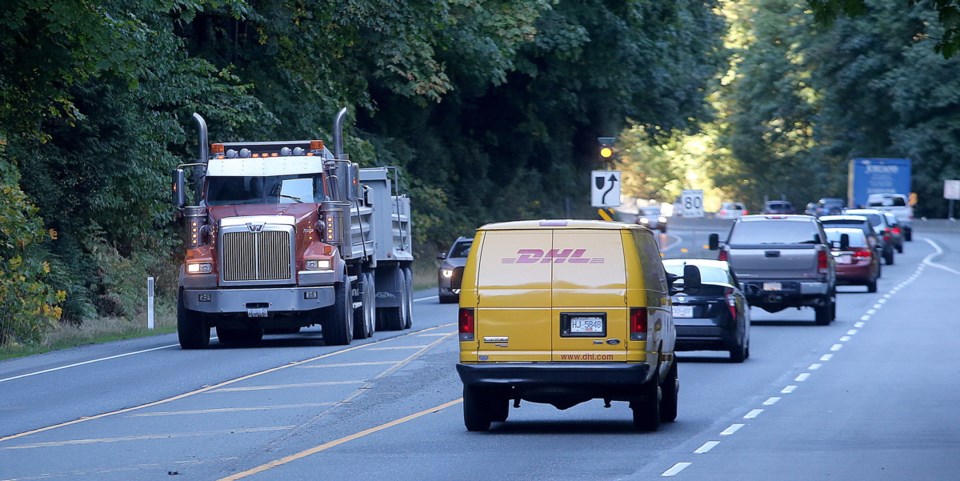Attorney General David Eby says he is taking seriously a request from the Capital Regional District to try out interval-based speed cameras on the Malahat.
While Eby has ruled out photo radar in the province, he said staff are reviewing other technologies that could improve road safety and find savings at the Insurance Corp. of B.C., which is facing a financial crisis.
“I know the Malahat has been a concern for drivers on southern Vancouver Island for a long time. And certainly, it’s one of the areas we’re looking at,” Eby said. “It’s a suggestion I’ll take seriously.”
In a letter, CRD chairwoman Barb Desjardins asked the province to consider installing cameras as a pilot study.
She proposed a 20-kilometre stretch of the Trans-Canada Highway between Langford and the Mill Bay Road underpass, which connects the CRD with the Cowichan Valley Regional District.
The stretch has frequently been the subject of “scrutiny focused on safety,” says the letter, which was sent to Eby and Public Safety Minister Mike Farnworth.
“As you know, speeding on British Columbia roads leads to preventable injuries, deaths and expensive claims paid out through the Insurance Corporation of British Columbia,” the letter says. “The use of interval-based enforcement has proven successful in every jurisdiction [in] which it has been employed, with research showing significant reductions in speeding where continual monitoring [is] in place.”
Interval-based speed cameras record the time it takes for a vehicle to travel between two points, rather than clocking the vehicle’s speed at any given moment.
If successful, the trial could prove beneficial to other regions, too, Desjardins said.
“We recognize that statements have been made about not returning to photo radar use in British Columbia,” Desjardins said in her letter. “However, we believe there are merits in examining and testing interval-based speed enforcement technology, as it differs from how photo radar was previously practised in British Columbia.”
On Wednesday, Eby reiterated that photo radar is off the table as a possible answer to ICBC’s financial problems, which consulting firm Ernst & Young said could prompt car insurance rates to rise 30 per cent by 2019.
Photo radar, introduced in the 1990s and scrapped in 2001, involved unmarked police vans snapping photos of speeding cars on highways. The owners would receive a ticket in the mail, which many British Columbians considered unfair. Eby said photo radar failed to change driver behaviour.
Interval-based speed cameras are more akin to red-light cameras, he said. “[With] red-light cameras, there are great big signs, everyone knows they’re there.
“It feels less like a revenue generator and more like something that actually changes behaviour and makes the road safer.”
Before committing to a pilot study, staff would review costs and administration demands, plus conduct public consultation, he said.
“There’s a lot of work yet on something as significant as what they’re proposing: A new technology that hasn’t been used in B.C. before. But that certainly doesn’t foreclose that we would do that.”
Ian Tootill, co-founder of grassroots drivers advocacy group Sense B.C., said speed cameras aren’t the answer.
Even if it’s a different technology than the unpopular 1990s cameras, the same problem remains. Sending tickets in the mail after an alleged offence amounts to “de facto convictions,” he said.



